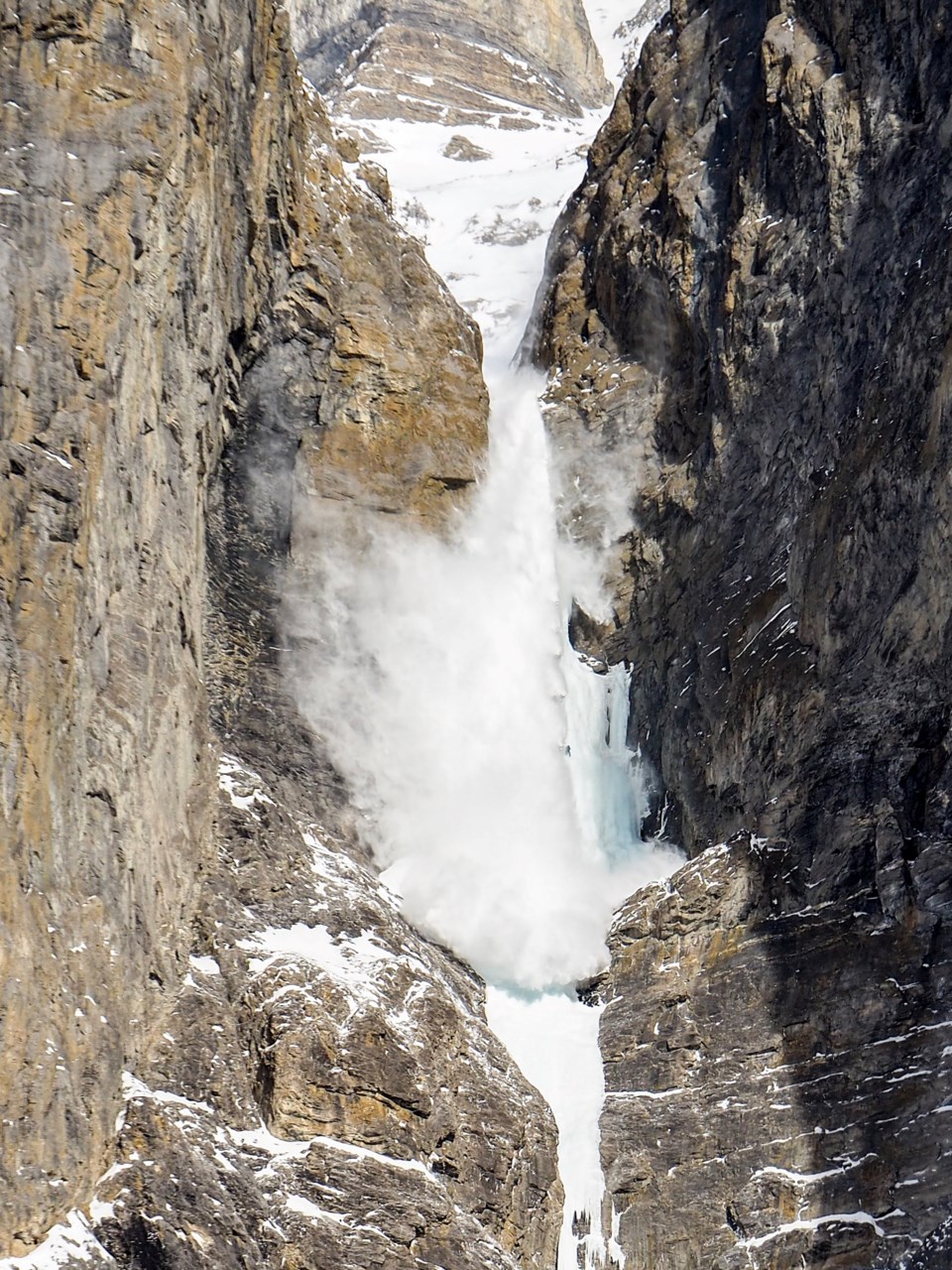Scott Hayes, Local Journalism Initiative Reporter | [email protected]
A Special Public Avalanche Warning (SPAW) released during the middle of the last week of December has already expired.
Avalanche Canada worked in partnership with Parks Canada when it issued the for recreational backcountry users in the British Columbia interior and Alberta Rockies National Parks.
According to the release, the warning was precipitated by a prolonged cold and dry start to the winter, which created a number of persistent weak layers in the snowpack across the interior ranges of B.C. A recent storm combined with warming temperatures destabilized that weak snowpack, making large, human-triggered avalanches more likely.
“The snowpack is currently in a precarious state,” said Simon Horton, senior forecaster for Avalanche Canada, in the release.
“The storm cycles that hit western Canada over the past weekend added significant snow on top of an exceptionally weak lower snowpack. This has brought the conditions to a tipping point where dangerous avalanches are likely.”
No avalanches were reported within the duration of the warning period. It was only in effect until the end of day on Jan. 2.
The SPAW region included Jasper, Banff, Yoho, and Kootenay national parks in Alberta along with most of B.C.'s Columbia Mountains, Glacier and Mount Revelstoke national parks, and the northern Rockies. It extended from the southern boundaries of the Purcell Wilderness Conservancy and Kokanee and Valhalla provincial parks to Williston Lake north of Pine Pass and Mackenzie.
Backcountry users should always check the avalanche forecast and other information at . Everyone in a backcountry party needs to carry essential rescue gear including a transceiver, probe, and shovel. Each also needs to be trained with that gear.
Just because this avalanche warning is now over doesn’t mean that the risk isn’t still there, Horton added.
“While avalanche danger ratings may start to decrease as the weather improves, there will still be a chance of triggering a large avalanche," he said.
Avalanche Canada advises backcountry users to make conservative terrain choices to help manage the risk. That means sticking to lower angle slopes and choosing smaller objectives that minimize the consequences of an avalanche among other actions.




